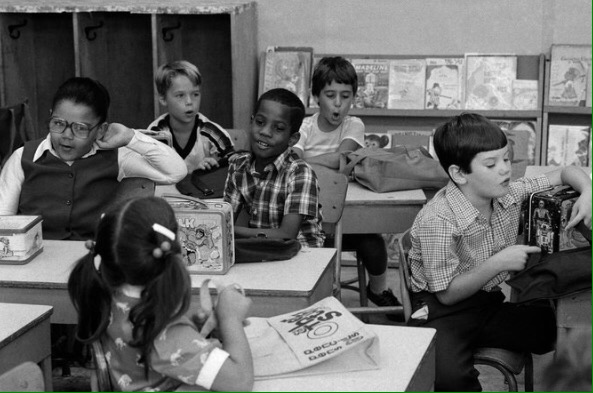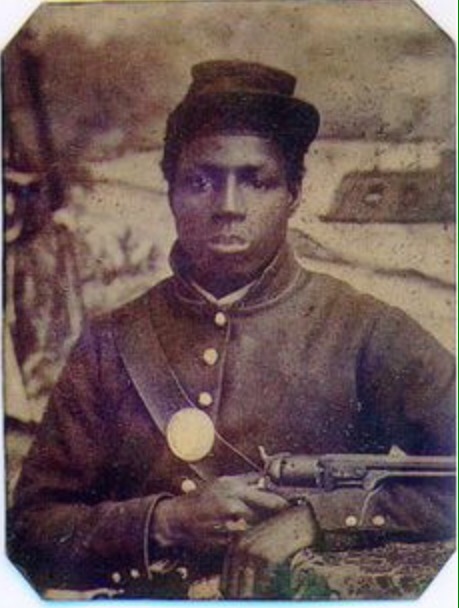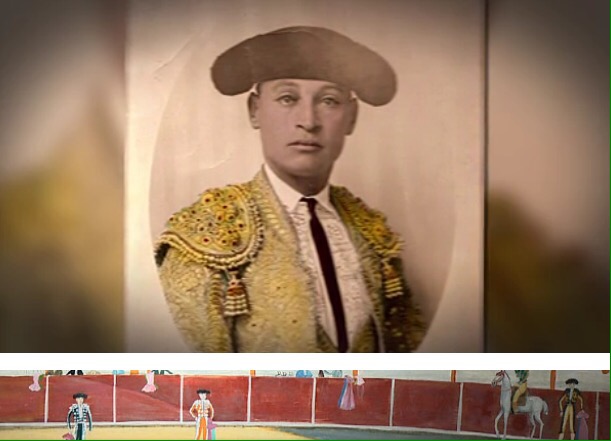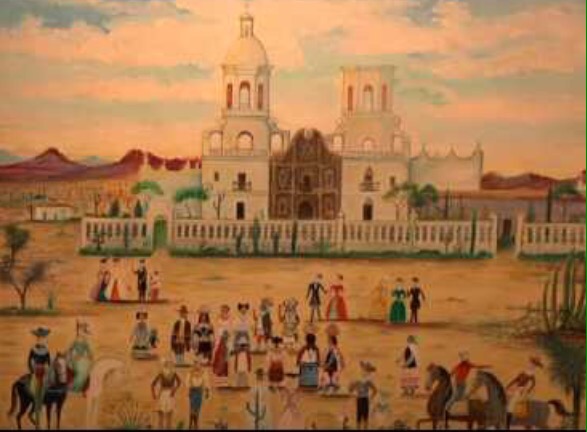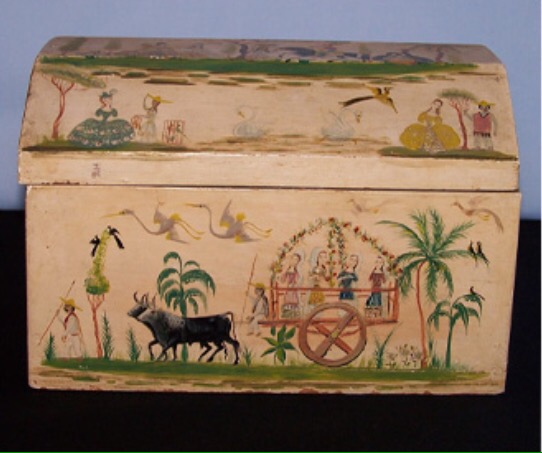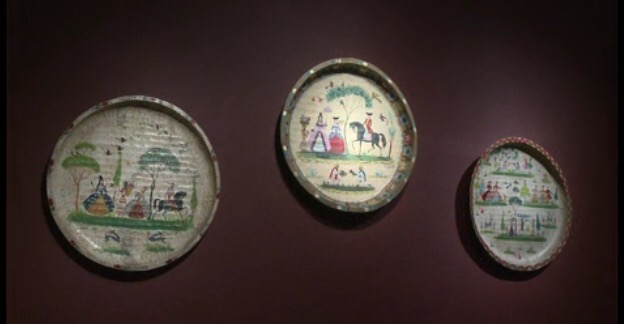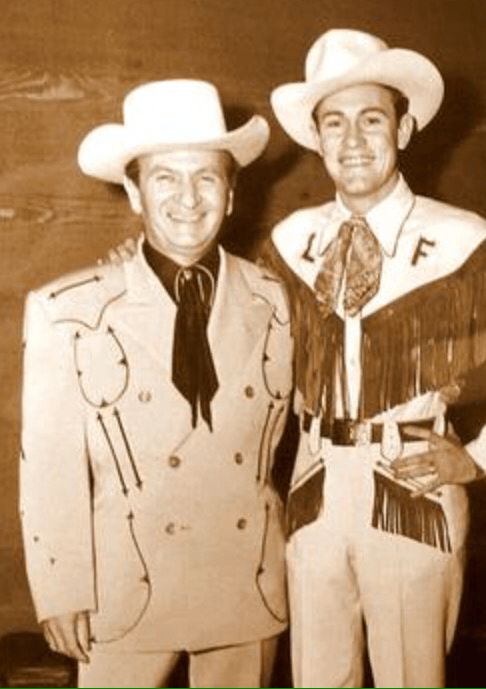Labor Day – the perfect day to celebrate antique and vintage labor posters and other labor related art.

Some honor home front workers supporting the war effort. Many support and celebrate the union labor movement, which brought so many important rights to American workers.


Some are 1930’s WPA posters – the Works Progress Administration which, thanks to Franklin Roosevelt’s New Deal, employed the unemployed and helped bring us out of the Great Depression.

The “Free Labor Will Win” poster represents fighting the Axis dictators in World War II (which had “unfree” labor) combined with President Roosevelt’s positive policies toward organized labor unions.

There are Women’s labor posters, anti child-labor posters, etc. I’ve also included a labor related US stamp and the movie poster from the great movie, Metropolis, about a shining Art Deco city which is powered by thousands of poor abused workers living underground.

Come on in to the Midtown Mercantile Mall at 4443 E. Speedway in Tucson, Arizona. We have many merchants who sell vintage art. There just might be some of these old labor posters in the mall right now. If you hang a few of these on your wall you will have a wonderful historic collection, and they are beautiful as well!

Carol Fenn 9-2017
















